Exploring the Culinary Applications of Cicada Sloughs: A Comprehensive Guide to Preparation, Consumption, and Cultural Significance**
Cicada sloughs, the exoskeletons shed by cicadas during their molting process, have long been revered in traditional medicine for their perceived therapeutic properties. However, their role in culinary practices remains a niche and largely unexplored topic. This article delves into the historical, cultural, and practical dimensions of consuming cicada sloughs, offering insights into their preparation, safety considerations, and potential gastronomic applications. While these shed skins are not a staple in global diets, certain cultures have experimented with their incorporation into dishes, blending tradition with innovation. By examining their nutritional profile, culinary techniques, and cultural symbolism, this guide aims to shed light on an unconventional ingredient that challenges conventional notions of edibility.
Understanding Cicada Sloughs: Biological and Cultural Context
Cicadas, insects belonging to the order Hemiptera, undergo a fascinating life cycle characterized by prolonged nymph stages underground followed by a brief adult phase. During their final molt, cicadas shed their exoskeletons, leaving behind hollow, crisp structures known as sloughs or exuviae. These sloughs, composed primarily of chitin—a fibrous polysaccharide—have historically been utilized in Traditional Chinese Medicine (TCM) for their purported anti-inflammatory, analgesic, and antipyretic effects. However, their edibility and culinary potential have garnered limited attention, often overshadowed by their medicinal reputation.
Nutritional Composition and Safety Considerations
Chitin, the primary component of cicada sloughs, is indigestible by humans due to the absence of chitinase enzymes in the human digestive tract. Despite this, some proponents argue that consuming chitin-rich foods may promote gut health by acting as prebiotics, nourishing beneficial bacteria. Additionally, cicada sloughs contain trace amounts of proteins, minerals (such as calcium and magnesium), and antioxidants. However, their nutritional value is marginal compared to conventional food sources.
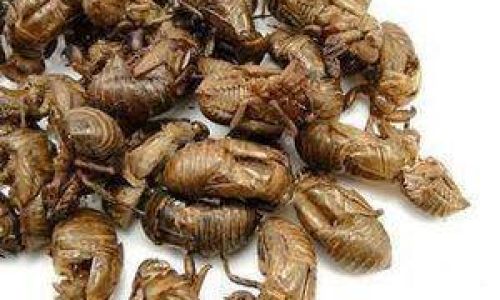
Safety remains a paramount concern. Cicada sloughs may harbor pesticides, pathogens, or environmental contaminants, particularly if sourced from urban areas. Individuals with shellfish allergies, given the structural similarities between chitin and allergens like crustacean proteins, should exercise caution. Pregnant individuals and those with compromised immune systems are advised to avoid consumption altogether.
Culinary Preparation Techniques
Preparing cicada sloughs for culinary use requires meticulous cleaning and processing to mitigate risks and enhance palatability. Below is a step-by-step guide to preparing them safely:
- Sourcing: Collect sloughs from pristine environments, avoiding areas exposed to pollution or pesticides. Opt for freshly shed exoskeletons, which retain their structural integrity.
- Cleaning: Rinse sloughs under cold water to remove dirt and debris. Soak them in a solution of vinegar and water (1:4 ratio) for 30 minutes to disinfect.
- Drying: Pat dry with paper towels and air-dry completely. Oven-drying at a low temperature (50°C/122°F) for 2–3 hours ensures thorough dehydration.
- Grinding: Use a spice grinder or mortar and pestle to reduce sloughs to a fine powder. This increases surface area, aiding digestion and textural integration into dishes.
Culinary Applications and Recipes
While cicada sloughs lack inherent flavor, their unique texture and perceived health benefits inspire creative culinary experiments. Below are five innovative ways to incorporate them into meals:

1. Slough-Infused Broths
Simmer ground slough powder in vegetable or bone broth for 1–2 hours to extract subtle umami notes. Strain before serving as a base for soups, risottos, or consommés.
2. Chitinous Coatings for Fried Foods
Combine slough powder with rice flour and spices to create a gluten-free batter for frying vegetables, tofu, or seafood. The resulting crust offers a crunchy texture reminiscent of panko breadcrumbs.
3. Nutritional Supplements in Smoothies
Blend a teaspoon of slough powder into green smoothies or protein shakes for a fiber and mineral boost. Pair with sweet fruits like mango or banana to mask any earthy undertones.
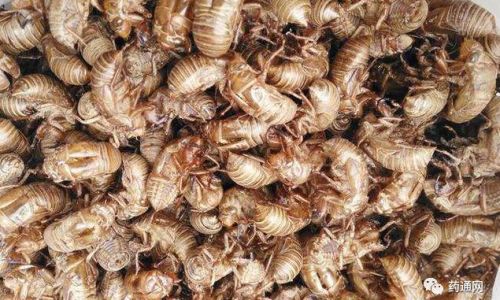
4. Artisanal Crackers and Crisps
Incorporate slough powder into dough recipes for crackers, using almond flour and olive oil as binders. Bake at 175°C (350°F) until golden brown for a crispy, nutrient-dense snack.
5. Textural Garnishes for Desserts
Sprinkle slough powder over ice cream, panna cotta, or chocolate mousse to add a delicate crunch. Combine with toasted coconut or freeze-dried fruit for visual and tactile contrast.
Cultural and Historical Perspectives
The culinary use of cicada sloughs is deeply rooted in folk traditions, particularly in regions where cicadas hold symbolic significance. In some East Asian cultures, sloughs were historically added to stews or teas during seasonal transitions, believed to fortify the body against illness. However, these practices have largely faded, replaced by modern pharmaceuticals.

In contemporary times, avant-garde chefs and foraging enthusiasts are reviving interest in unconventional ingredients like sloughs, framing them as symbols of sustainability and culinary adventure. Their inclusion in high-end restaurants often leans into “waste-not” philosophies, transforming discarded biological materials into edible art.
Ethical and Environmental Considerations
Overharvesting cicada sloughs could disrupt local ecosystems, as these exoskeletons play a role in nutrient cycling. Sustainable foraging practices—such as collecting only a fraction of sloughs in any given area—are essential to preserve cicada populations. Additionally, supporting ethical suppliers who prioritize eco-friendly sourcing ensures minimal ecological impact.
Modern Scientific Scrutiny and Debates
While anecdotal evidence supports the health benefits of cicada sloughs, scientific research remains limited. A 2018 study published in the Journal of Ethnopharmacology highlighted their anti-inflammatory properties in vitro, yet human trials are lacking. Skeptics argue that the risks of contamination and allergic reactions outweigh potential benefits, advocating for caution until rigorous clinical trials are conducted.
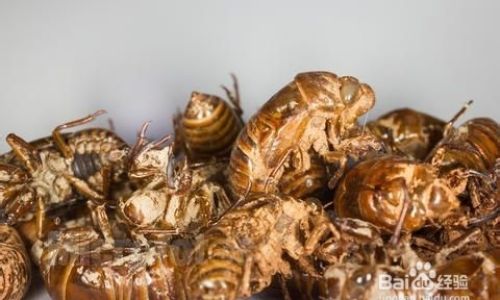
The Future of Cicada Sloughs in Gastronomy
As the global food industry grapples with sustainability and novelty, cicada sloughs may emerge as a micro-trend within molecular gastronomy and foraging-driven cuisine. Chefs experimenting with texture contrasts and umami enhancement could popularize slough-derived ingredients in fine dining. However, widespread adoption hinges on overcoming cultural stigmas, ensuring safety, and rebranding them as more than mere medicinal curiosities.
Conclusion
The culinary exploration of cicada sloughs represents a fascinating intersection of tradition, innovation, and ecological stewardship. While their edibility remains a topic of debate, their potential to enrich diets with texture and nutrients—albeit modestly—warrants further investigation. For the adventurous eater, preparing and consuming cicada sloughs offers a tangible connection to ancestral wisdom and the natural world. Yet, prudence is advised: informed sourcing, thorough processing, and moderation are essential to harnessing their benefits safely. As the culinary landscape evolves, cicada sloughs may yet find their place at the intersection of sustainability and gastronomy, inviting diners to savor the unexpected.
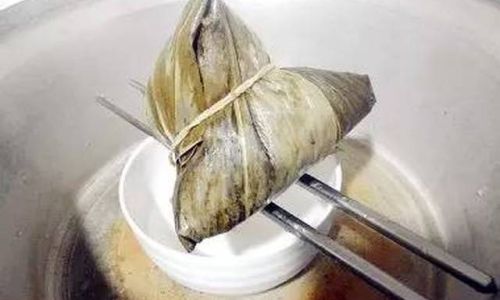
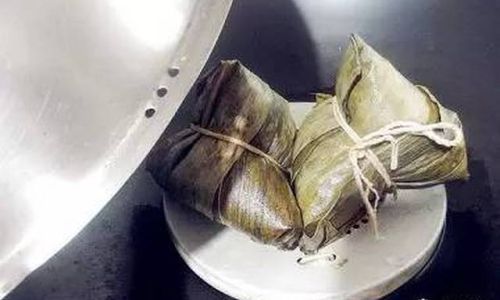
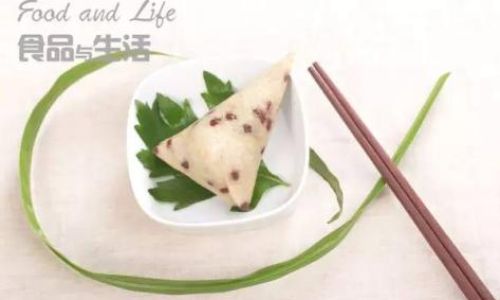
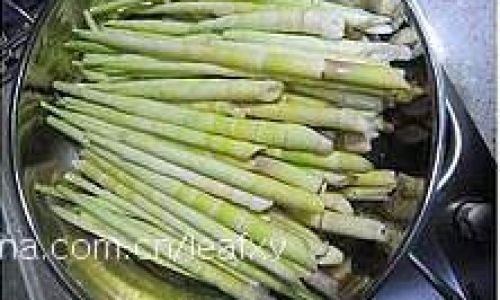
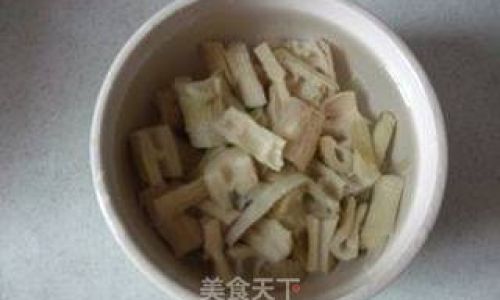
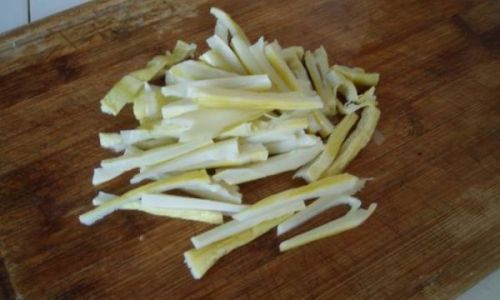
0 comments